Parque Yeouido del Río Hangang (여의도한강공원)
13.7Km 2024-03-12
Yeouidong-ro 330, Yeongdeungpo-gu, Seúl.
El Parque Yeouido del Río Hangang está situado en Yeouido, el corazón de la política, las finanzas y el periodismo de Corea. Por su fácil acceso, se ha convertido en un lugar de descanso y relajamiento muy elegido por los ciudadanos. Sus alrededores también albergan muchos eventos y festivales que proporcionan entretenimiento y diversión a los visitantes. En primavera la gente puede divertirse en el Festival de las Flores de Cerezo y en el otoño en el Festival Internacional de los Fuegos Artificiales y en la Competencia de Maratón. El parque cuenta con distintas instalaciones como Jardines ecológicos, Zonas de Aprendizaje de la Naturaleza, Escenario Acuático, Fontanas Flotantes, Cascadas Luminosas, Senderos Acuáticos del Piano, Festilandia, etc.
Piscina de Yeouido del Parque del Río Hangang (한강시민공원 여의도수영장)
13.7Km 2022-07-25
Yeouidong-ro 330, Yeongdeungpo-gu, Seúl
+82-2-785-0478
La piscina al aire libre en Yeouido también es conocida con el nombre de Supia, que es un parque temático de todo el año en el río Hangang. El nombre "Supia" combina "Arisu" (el nombre anterior del río Hangang) y Utopía.
Pista para Trineos de Nieve de Seoulland (서울랜드 눈썰매장)
13.7Km 2025-05-22
Makgye-dong, Gwacheon-si, Gyeonggi-do
La Pista para Trineos de Nieve tiene una superficie de 11.570 m², consta de la pista para adultos (50 m. de anchura y 100 m. de longitud) y la pista para niños (30 m de anchura y 45 m de longitud). Las pistas mantienen aquí una pendiente de 17º, lo cual aumenta la velocidad del trineo. En todos los rincones de la colina hay iglús y estufas, que proporcionan a los usuarios paisaje y recuerdos de buenos momentos. Hay dos tipos de trineo: el trineo de cámara de aire y el trineo de plástico, permitiendo a los visitantes elegir entre los dos. La pista para niños no es demasiado empinada, y proporciona seguridad con cojines de goma sujetos al trineo. Los personajes, tales como Santa Claus, Rodolfo, los muñecos de nieve, etc., también se suman a la diversión, pudiendo tomarse fotos con ellos.
Parque del Color de Seúl (서울색공원)
13.7Km 2021-06-14
Yeouidodong-ro 330, Yeongdeungpo-gu, Seúl
El Parque del Color de Seúl, cuya superficie es de 9.000 metros cuadrados, está situado entre los pilares del puente Mapodaegyo y la ribera del río Hangang. Es un ejemplo de la aplicación de colores de Seúl, desarrollados con la idea de mejorar el tono de la ciudad y formar una propia imagen urbana. En este parque se encuentran una obra que simboliza las olas del río Hangang y el diseño gráfico de códigos de barra con 10 colores representativos de Seúl. Se colorearon instalaciones públicas con tonos grises de las tejas y los muros de piedra, con color del dancheong (pintura con patrones tradicionales sobre madera), con amarillo claro, con verde como el monte Namsan, etc. El Museo de Arte de Seúl y Museo de la Historia de Seúl también albergan construcciones y obras que emplean los colores de Seúl. El Parque del Color de Seúl se encuentra a 10 minutos caminando desde la Estación de Yeouinaru, de la línea 5 de metro.
Wansan Jeong (완산정)
13.7Km 2021-03-29
484, Bongcheon-ro, Gwanak-gu, Seoul
+82-2-878-3400
A restaurant where you can enjoy refreshing bean sprout hangover soup. This Korean dishes restaurant is located in Gwanak-gu, Seoul. The most famous menu is bean sprout hangover soup.
Seongmin Yangkkochi - Seoul Nat'l Univ. Branch (성민양꼬치 서울대입구)
13.7Km 2021-03-29
38, Gwanak-ro 16-gil, Gwanak-gu, Seoul
+82-2-888-8665
It has a large space, so it is a good place for meetings. The best menu at this restaurant is lamb skewers. This Chinese (cuisine) restaurant is located in Gwanak-gu, Seoul.
Parque de Atracciones Seoulland (서울랜드)
13.7Km 2023-02-21
Gwangmyeong-ro 181, Gwacheon-si, Gyeonggi-do.
Seoulland es el primer parque temático de Corea y el monte Cheonggyesan que lo rodea tiene una belleza particular. En Seoulland están la Plaza del Mundo, donde se exponen obras de arquitectura tradicional y piezas folclóricas de todo el mundo; el Jardín Samcheonni, donde se puso énfasis en el disfrutar de los objetos tradicionales coreanos; el País Modelo, que recuerda el período de la conquista del oeste norteamericano; y el País de las Maravillas. En total hay cinco parques temáticos que componen Seoulland. En cuanto a juegos de recorrido están el Crucero Espacial, el Hoyo Negro 2000, el Tren de la Galaxia, las Corrientes Rápidas, la Alfombra Mágica, entre un total de 40 juegos, y también dispone de espectáculos en el Teatro de Aventuras, Salas de Cine, el País de los Cuentos, entre otros.
El orgullo de Seoulland es la variedad de festivales según las estaciones que organiza y el espectáculo nocturno de rayos láser. Seoulland, levantada sobre una gran extensión de tierra, alberga varios festivales en cada estación del año. De abril a mayo, el Festival de los Tulipanes; de julio a agosto, el Festival de las Rosas Estelares; de septiembre a octubre, el Festival de los Crisantemos; y de diciembre a febrero, el Festival de las Luces sobre Nieve.
Puesto que el Parque de Diversiones Seoulland tiene cerca al Gran Parque de Seúl, el Bosque de Relajación del Monte Cheonggyesan, el Museo Nacional de Arte Contemporáneo y otras excelentes atracciones turísticas, es hoy en día uno de los destinos más populares para el descanso.
Sujeonggung (수정궁)
13.8Km 2021-03-29
173, Banghak-ro, Dobong-gu, Seoul
+82-2-3491-0440
It is a store that has been in operation since 1988. This Korean dishes restaurant is located in Dobong-gu, Seoul. The most famous menu is dumpling.
Museo Nacional de Ciencia de Gwacheon (국립과천과학관)
13.8Km 2024-12-23
Sanghabeol-ro 110, Gwacheon-si, Gyeonggi-do.
+82-2-3677-1500
El Museo Nacional de Ciencia de Gwacheon es un lugar simbólico de la tecnología científica de Corea, que tiene como objetivo provocar curiosidad sobre la ciencia a los niños y jóvenes y ofrecer a los ciudadanos información científica aplicada en nuestra vida diaria. El edificio comprende distintas salas y áreas divididas según la temática. En el patio, hay lugares de exhibición al aire libre y una zona de aprendizaje verde para niños. El 50% de las exhibiciones del museo son interactivas gracias a la tecnología, y el museo en sí también es un buen lugar para descansar.


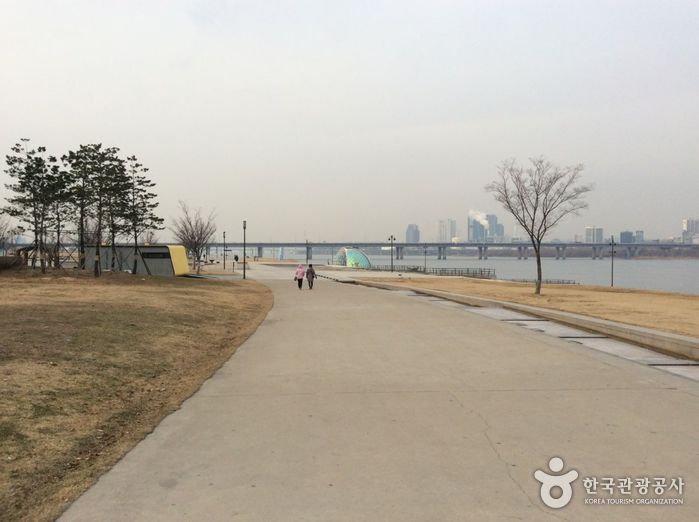
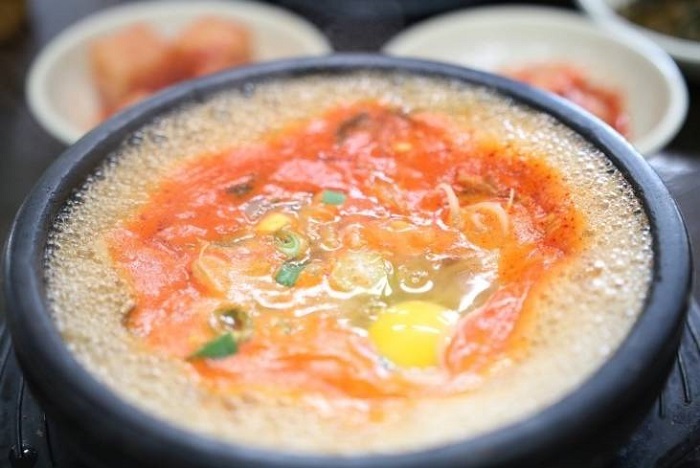
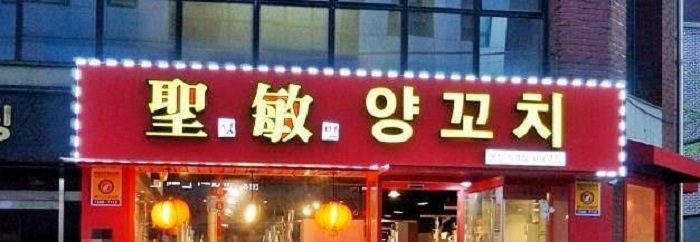
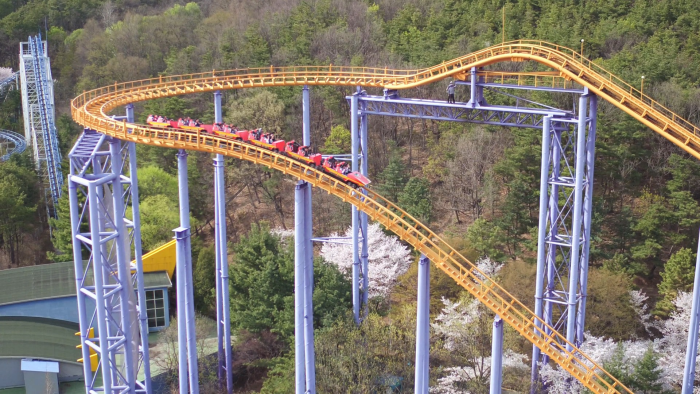
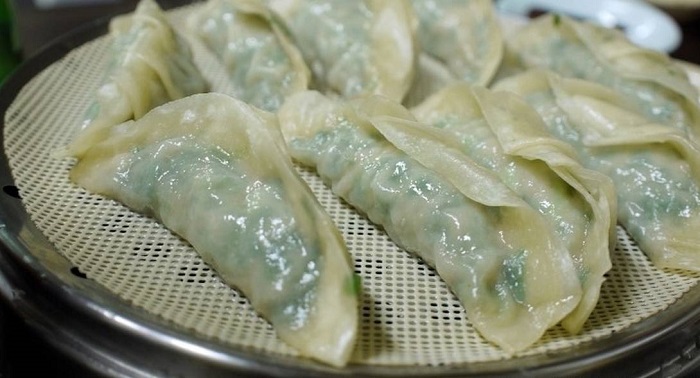
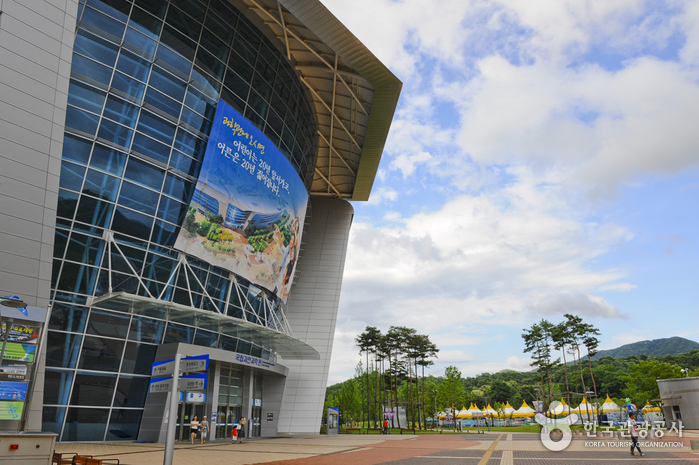
 Español
Español
 한국어
한국어 English
English 日本語
日本語 中文(简体)
中文(简体) Deutsch
Deutsch Français
Français Русский
Русский